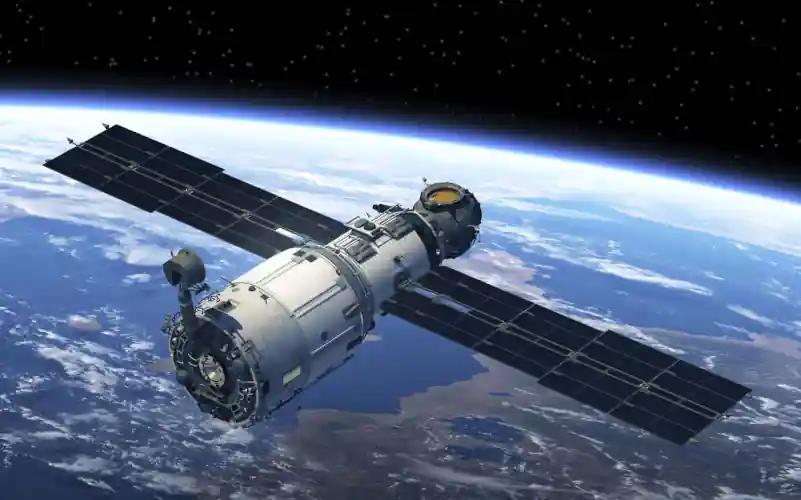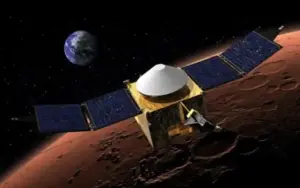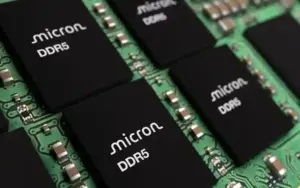Starlink Suffers Widespread Global Outage

- A significant global outage impacted SpaceX’s Starlink satellite internet network on Thursday, disrupting service for users across the U.S. and Europe.
- The company confirmed an internal software failure as the cause of the disruption.
- This event marks one of the most substantial service interruptions for the rapidly expanding satellite system.
Technical Details and Impact
Reports of the outage began around 3 p.m. EDT (1900 GMT) on Thursday, with Downdetector logging as many as 61,000 user reports. The disruption lasted approximately 2.5 hours before services largely resumed. Michael Nicolls, SpaceX’s Vice President of Starlink Engineering, later confirmed via X that the issue was due to a “failure of key internal software services that operate the core network.”
Elon Musk, CEO of SpaceX, also posted an apology on X, stating the company would “remedy root cause to ensure it doesn’t happen again.” Experts, including Doug Madory from internet analysis firm Kentik, noted the global scale of the outage was unusual and likely the longest for Starlink since it became a major service provider. The incident highlighted the complexities of maintaining a large-scale, distributed satellite network.
The impact of the outage extended to critical operations, notably in Ukraine. Robert Brovdi, commander of Ukraine’s drone forces, reported that service was “down across the entire front,” affecting combat operations. This underscores the increasing reliance of military and government agencies on Starlink for essential communications.
SpaceX has been actively upgrading its network to accommodate growing demands for higher speed and bandwidth. The company has launched over 8,000 Starlink satellites since 2020, creating a robust low-Earth orbit network. Despite this growth, such an extensive outage points to potential vulnerabilities within its software infrastructure.
Speculation and Future Considerations
The rare nature of this outage for Starlink, a service known for its resilience and rapid development, led to various speculations among experts. Some theorized it could be a simple glitch, a botched software update, or potentially even a cyberattack. Gregory Falco, director of a space and cybersecurity laboratory at Cornell University, suggested a “bad software update” or a “cyberattack” as possibilities, drawing parallels to a past CrowdStrike software update issue that caused widespread disruptions.
The incident raises questions about the interconnectedness of global digital infrastructure. It also emphasizes the importance of robust cybersecurity and redundant systems within critical satellite networks. While Starlink’s primary focus is commercial internet provision, its expanding role in military and governmental communications, particularly through its Starshield unit, adds another layer of scrutiny.
It remains unclear whether other SpaceX satellite-based services relying on the Starlink network were also affected by Thursday’s outage. The company’s ongoing efforts to expand its constellation with more powerful satellites for services like direct-to-cell text messaging, in partnership with T-Mobile, highlight its ambitious future plans. This incident will likely inform future network resilience strategies.
An interesting development in Starlink’s evolution is its Direct to Cell service. This technology aims to enable mobile phone users to send emergency text messages through the Starlink network in rural or underserved areas, effectively turning Starlink satellites into “cell towers in space.” As of early 2025, Starlink began testing direct-to-cell text messaging capabilities, with plans for voice and data services in the future. This initiative could significantly enhance emergency communication and connectivity in remote regions globally, potentially mitigating the impact of terrestrial network failures.









